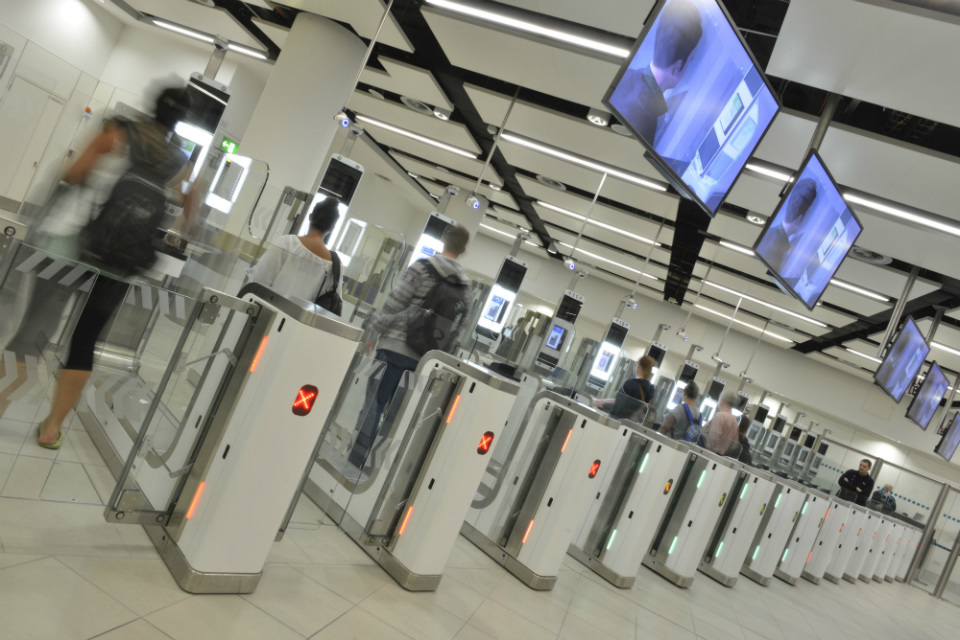Department publishes research looking at lessons learned from initial migrations of Tax Credit recipients and identifying improvements to support more than two million households yet to switch to unified benefit
Following research of users’ experiences, the Department for Work and Pensions has revealed plans to improve online content and make it more easily found by the millions of benefit recipients that will be making the switch to Universal Credit in the coming months and years.
The department has published the findings of a research exercise aiming to bring together lessons learned from the initial stages of migrating existing claimants of tax credits to Universal Credit.
Government statistics reveal that, between July 2022 and May 2023, a total of 22,190 households that currently receive tax credits were issued with a migration notice providing details of how to switch from the outgoing legacy benefit and the deadline for doing so.
As of the end of May, only 7,800 had filed a claim for UC, and almost 15,000 reminders have been issued. Most of these cases – 13,210 – still have time to apply.
And, with a further 2.3 million households overall still in scope for migrating to UC from a legacy benefit, the DWP has revealed its insights gained from the initial tranche of tax credit migrations, including improvements being made the processes through which recipients are notified and supported through their application.
This includes amendments to notices and reminders to try and ensure that certain common misconceptions are dispelled, such as “confusion that Universal Credit is only for people out of work… [and] a belief that they would be moved to Universal Credit automatically”.
Related content
- DWP signs £100k deal to ensure accessibility of Universal Credit digital services
- DWP brings in digital support for Universal Credit programme in £5m deal
- ‘A lack of transparency and accountability’ – DWP urged to shed light on fraud algorithm
To which end, various tweaks have been to the wording of citizen communications, and the DWP reports that “there are early indications from our initial testing that the changes to the migration notice have had a positive effect, prompting earlier engagement with Universal Credit”.
Tax-credit claimants are more likely than recipients of most other benefits “to be able to self-serve through the digital application system and make their transition to Universal Credit independently”, according to the DWP.
Their experiences of doing so to date have enlightened the department about improvements that could be made to online platforms and support services.
The DWP research said: “The ‘Move to Universal Credit’ content page is provided on a short URL link in the migration notice; Through our research we saw that claimants do not always type the short URL but instead used online search engines, which directed them to the GOV.UK website related to Universal Credit – which currently doesn’t provide claimants with all the relevant information. We therefore identified the following areas for improvement: better search engine optimisation is needed for the ‘Move to Universal Credit’ content page; [and] the GOV.UK website would benefit from having some additional information to enable managed migration claimants to understand what is relevant to them as well as better links to the short URL with the full guidance.”
‘Testing and learning’
Once migrating tax credit recipients started the claims process, most found the digital process “straightforward and easy to complete”, according to the DWP.
“There were some circumstances that made the online application more difficult, however,” the department added. “For example, those who were self-employed or had varying working hours struggled more with the application form as they had to input a lot of information about their earnings. The number of telephone claims however remain low with tax credit claimants and the majority appear to be comfortable with the digital service offered.”
Over the next eight months, a further 500,000 migration notices will be issued to households that currently claim tax credit. The intention is to complete the switchover and fully cease tax credit payments by March 2025. Thereafter, an outstanding migration caseload of about 800,000 recipients of Employment Support Allowance will remain. After numerous delays over the years, these people are now not due to begin to be moved to UC until 2028.
The research concluded with a commitment from the DWP to continue to study the experiences of all those migrating to UC, and to use the insights gained to improve its processes.
“We are continually testing, learning, and adapting to carefully build and deliver a service that both meets user needs and is sustainable in the longer term,” it said. “We have made a number of improvements to our approach for migrating claimants to Universal Credit and will continue to do so as we gain further insight.”




